SUMMARY
This is AI generated summarization, which may have errors. For context, always refer to the full article.
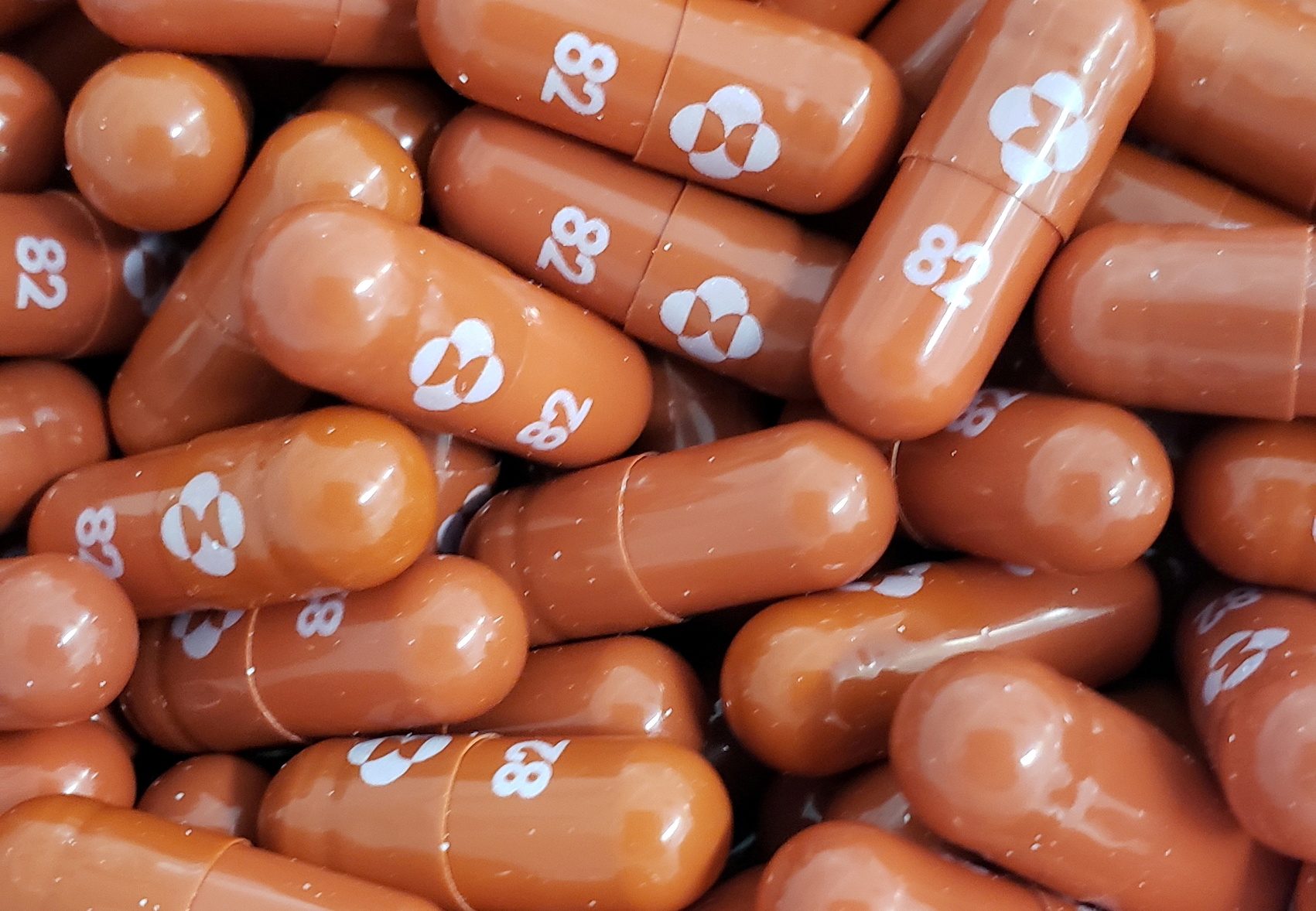
Signs that COVID-19 cases are on the downturn continue to hold into the first week of October 2021, but health officials and researchers studying the pandemic would rather subject this month to observation. Newly introduced quarantine measures and sustained vaccinations, coupled with other response strategies, could spell the next phase of the epidemic in the country.
Here’s what we’re watching this week of October 4, 2021:
Promising pill
On the treatment front, molnupiravir, an experimental COVID-19 pill developed by Merck and Ridgeback Biotherapeutics, made headlines for its promising trial results. They showed the drug could cut by about 50% the chances of dying or being hospitalized for those most at risk of contracting severe COVID-19.
News of the pill – called a “game-changer” and “huge advance” – delivers hope as countries around the world reel from deadly surges in infections fueled by the highly contagious Delta variant.
- In the Philippines, the Department of Health said it would work to have “better access” to the experimental drug, while Health Secretary Francisco Duque III called on pharmaceutical companies to apply for emergency use or a special permit to use the pill in the country.
- In another piece of good news, two Philippine hospitals – the Lung Center of the Philippines and Quirino Memorial Medical Center – are involved in clinical trials for molnupiravir. Officials hope this can facilitate greater access to the drug. Participation in trials have been one way by which government could secure supplies of promising COVID-19 treatments.
- Some things to know about molnupiravir: It works by impairing the virus’ ability to replicate by introducing errors into its genetic code. It’s meant for people who are sick with COVID-19 but not in the hospital. It is designed to be taken as soon as a person shows symptoms of the disease. Medical experts say it is not a replacement for getting vaccinated.
- Where reality sets in: Countries are already scrambling to lock in supplies of the drug. Plus, there are still questions on how much it might cost. A five-day treatment course currently costs $700.
- The New York Times reported Merck expects to be able to make enough pills for 10 million people by the end of 2021. The US has already ordered 1.7 million courses of the treatment. Meanwhile, South Korea, Taiwan, Thailand, Australia, and Malaysia are just some of the countries lining up for a possible share of the new drug.
- Factors like testing will also come into play since, so far, it seems that you need to confirm you’re positive for COVID-19 to get the treatment. Recommended read from STAT News: What we know – and don’t know – about Merck’s new Covid-19 pill
What cases are telling us
On Tuesday, October 5, the number of daily new COVID-19 cases tipped into the four-digit realm again for the first time in weeks. Health officials are still trying to get a better grip on the lower cases seen in recent days, so it’s too early to say if this shows a “true decline.”
- Some of the factors that are making it difficult for the DOH to categorically say cases are decreasing: low testing output in 14 regions in the country (the largest decline of 14% was in Metro Manila) and the use of the less reliable antigen testing to complement RT-PCR testing.
- Health officials also want to know if “active case finding” or more aggressive contact tracing is a major factor in decreasing cases. Health officials had pushed local officials to double down on contact tracing for months, especially during the pilot run of granular lockdowns.
- But healthcare utilization remains high, with intensive care units around the country still at “high risk” with at least 70% of all beds currently occupied.
So how well are strategies working? One thing we’ve learned from the pandemic so far is that timing matters – actions taken, or not taken, now will determine how we fare in the next few months.
Reality kicks in
The reality of vaccine statistics over the past few months are catching up quick with pandemic officials. On October 5, vaccine czar Carlito Galvez Jr. said that “realistically” computations of the national vaccine cluster showed that 50% of the country’s population shall have been vaccinated by the end of 2021.
- How was this computed? Earlier in the year, Rappler wrote that the government, with the help of the private sector, evaluated the vaccine program with the use of a “scenario model” or a calculator that maps out how many doses per hour, vaccine centers, manpower, appointments, and other supplies would be needed for local governments to reach at least 70% of their populations.
- If that target will still be met, Galvez said, about 1 million doses will need to be administered daily – or more than double the latest seven-day average of 349,511 doses given.
- Some factors that have thrown off initial targets to reach at least 70% of the country: supply slips and the efficiency of rollouts in various areas across the country.
- Galvez acknowledged the vaccination rate has slowed down recently, citing the arrival of vaccines that are more difficult to handle like Pfizer and Moderna. This complicates the roll out now expanding to regions outside Metro Manila.
The latest target? Vaccinating at least 80% to 90% of Filipinos by the 2022 elections, Galvez said. Health experts Rappler spoke to said vaccination should still be complemented by other strategies to truly tame COVID-19.

In case you missed it: Vaccination for minors aged 12 to 17-years old who have comorbidities will begin on October 15. The group will be considered part of the government’s A3 or persons with comorbidities priority category.
Various local government are already registering minors aged 12 to 17. Check a list here.
And here’s what you need to know about the upcoming rollout: How the pilot run of COVID-19 vaccinations for minors will be done in Metro Manila – Rappler.com
Add a comment
How does this make you feel?
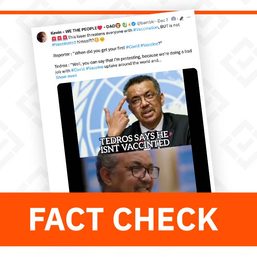
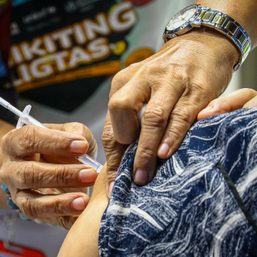
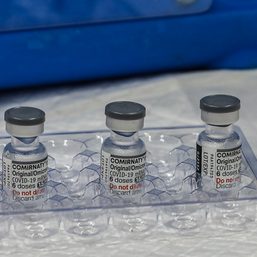

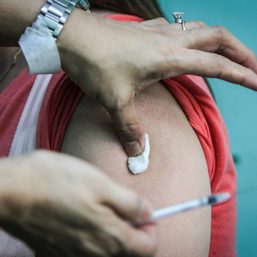
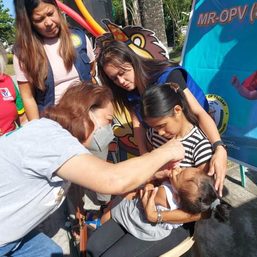
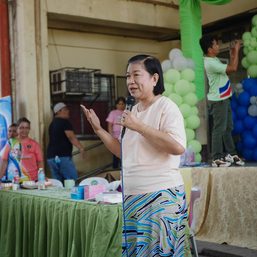
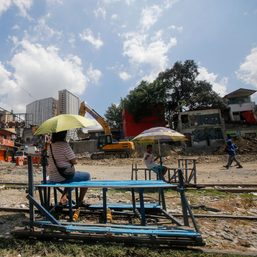
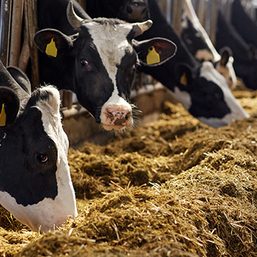
![[OPINION] Beyond infrastructure: Ensuring healthcare access for the poor](https://www.rappler.com/tachyon/2024/03/tl-healthcare-access-03402024.jpg?resize=257%2C257&crop_strategy=attention)
There are no comments yet. Add your comment to start the conversation.